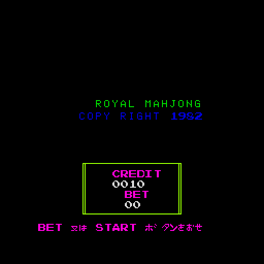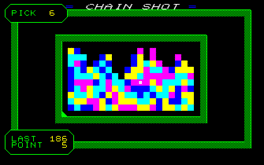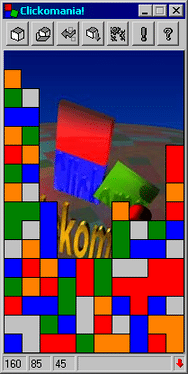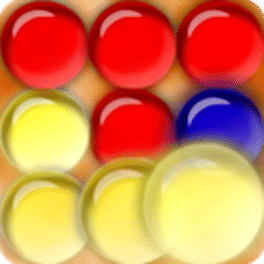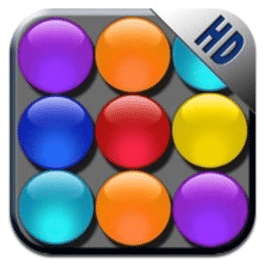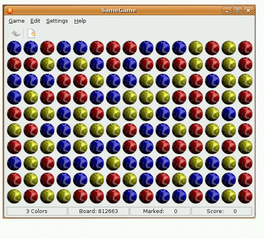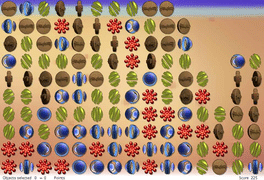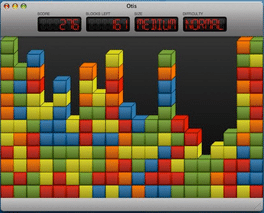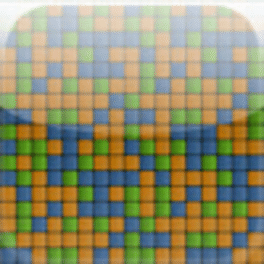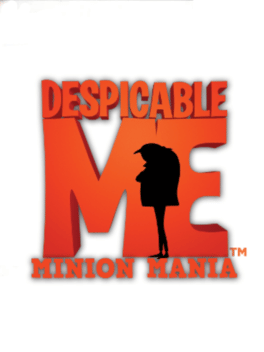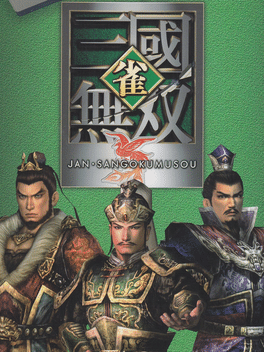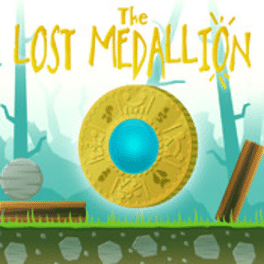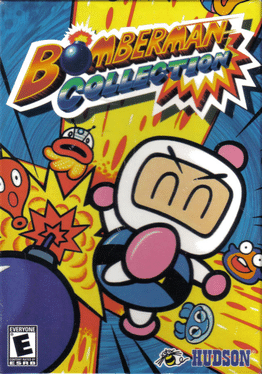Most Popular Ps3 Games - Page 367
-
Crystal Mines II: Buried Treasure
2003
In 2000, Songbird Productions produced a sequel, Crystal Mines II: Buried Treasure on CD-ROM for Microsoft Windows. This CD-ROM required the original game and a Lynx to PC serial cable to run, allowing the editing and creation of all new levels. This was followed in 2003 by a cartridge release of Crystal Mines II: Buried Treasure with the original 181 levels and 125 new levels. -
Strange Attractors 2
An indie puzzle-action game by where the player guides a orb by manipulating gravity fields. -
BioShock Infinite: Industrial Revolution
2013
A stand-alone puzzle game offered as a pre-order bonus with BioShock Infinite. -
Chain Shot
1985
-
Jan Sangoku Musou
2006
Jan Sangoku Musou
2006
The game is played against the characters of "Dynasty Warriors Series," Koei game based on the Sanguo Zhi in China, but it is an authentic mahjong game which adopts an algorithm that does not have a kind of insane technique that is common in character mahjong games. This game is based on the mahjong software "Mahjong Taikai" released by Koei. -
Bomberman Collection
2003


